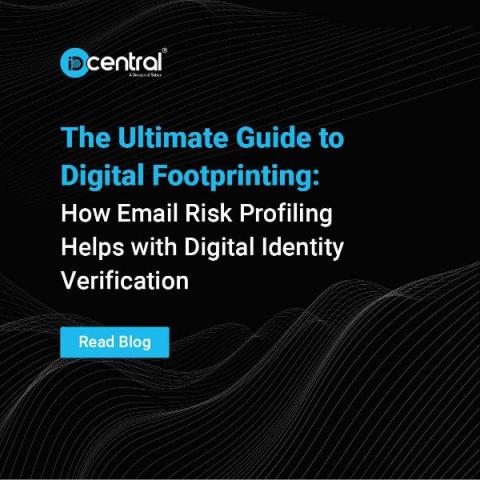The 3 Stages of Money Laundering: A Comprehensive Guide
Money laundering is one of the most common forms of organised financial crime in the world. To ensure you understand the stages of money laundering, let’s delve into the most frequently asked questions about money laundering, the three stages of money laundering and the typical approach that typically ensues the money laundering process, types of money laundering, and the prevention of money laundering in a variety of industries especially using AML Screening technologies in 2023.











